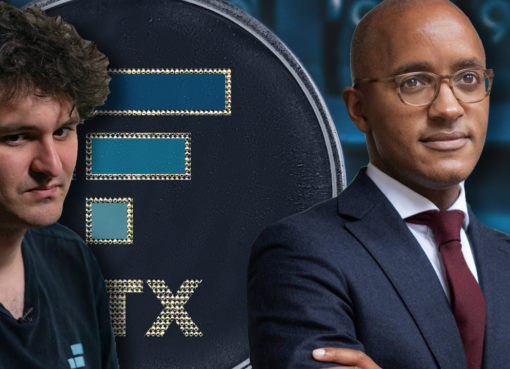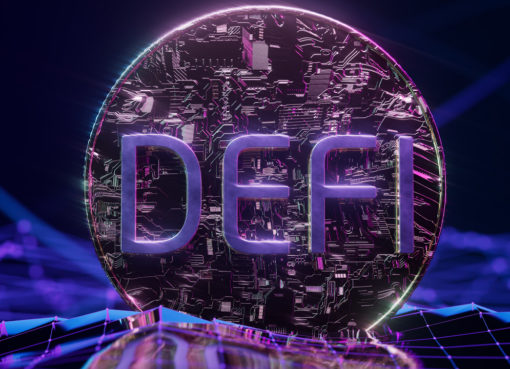Blockchain-based metaverse experiences are a hot topic right now because they combine two of the technology industry’s biggest transformation drivers that have been around for a long time, attracting millions of users and participants — immersive digital experiences and stakeholder-based commerce.
Where the newer blockchain-based ecosystems have made a difference is in offering users an ongoing stake in the ecosystem. Yet, that’s very reminiscent of Second Life, another very successful immersive world that came to widespread attention a decade ago and compares to some of the blockbuster experiences that exist today.
Paul Brody is EY’s global blockchain leader and a CryptoX columnist.
At the top level, there are two critical takeaways for companies looking to enter the metaverse.
The first is that community is powerful and remarkably durable. Though Second Life may not make a lot of headlines anymore, it has a remarkably consistent and loyal user base, even if it’s not enormous. It also has a robust economy that is driven by ongoing sales of real estate in that virtual world.
Credit: Second Life user data from Gridsurvey.com
The second takeaway is that while community is enduring, it is gameplay that drives usage into the tens of millions. The biggest immersive digital experiences all have the same thing in common: they’re all games. From Minecraft to Roblox to Fortnite and quite a few others, the difference between having monthly average users in the tens of thousands and tens of millions is the difference between a 3D world that’s built for socializing and one that’s driven by gameplay, with social connections integrated.
The next big thing: stakeholder-driven gaming?
What hasn’t been tested — yet — is if a high-performance gameplay-driven experience can be built in one of the new emerging decentralized ecosystems taking shape now. There are technical challenges around how blockchains operate that don’t make this simple, but if it were done successfully, it would shake up the gaming and metaverse ecosystems substantially. The most successful games have tended to build strong dedicated communities from casual players to organized teams and hugely successful streaming personalities. Until now, those communities haven’t really had any stake in the game itself.
Stakeholder-driven gaming could have a big impact on the culture of gaming itself, which is not always known for being warm and friendly. Personalities in the gaming industry find themselves on a relentless treadmill with no safety net. On top of an already rough and tumble culture, women, minorities and members of the LGBTQ community often face relentless bullying in the comment feeds and online forums. (For a good primer on how rewarding though rough this ecosystem is, check out this excellent Washington Post article.)
A stakeholder-driven model that rewards big contributors with an ongoing share in the ecosystem as a whole — not just their own performance — might help balance the ups and downs of the business for individuals. And for community holders who have an economic stake in the ecosystem as a whole, the threat of economic confiscation for ugly behavior might have a powerful moderating effect as well. That would keep the fun in gaming, which is the point.
The views reflected in this article are Paul Brody’s and do not necessarily reflect the views of the global EY organization or its member firms.




